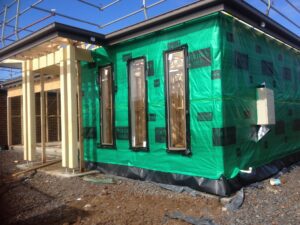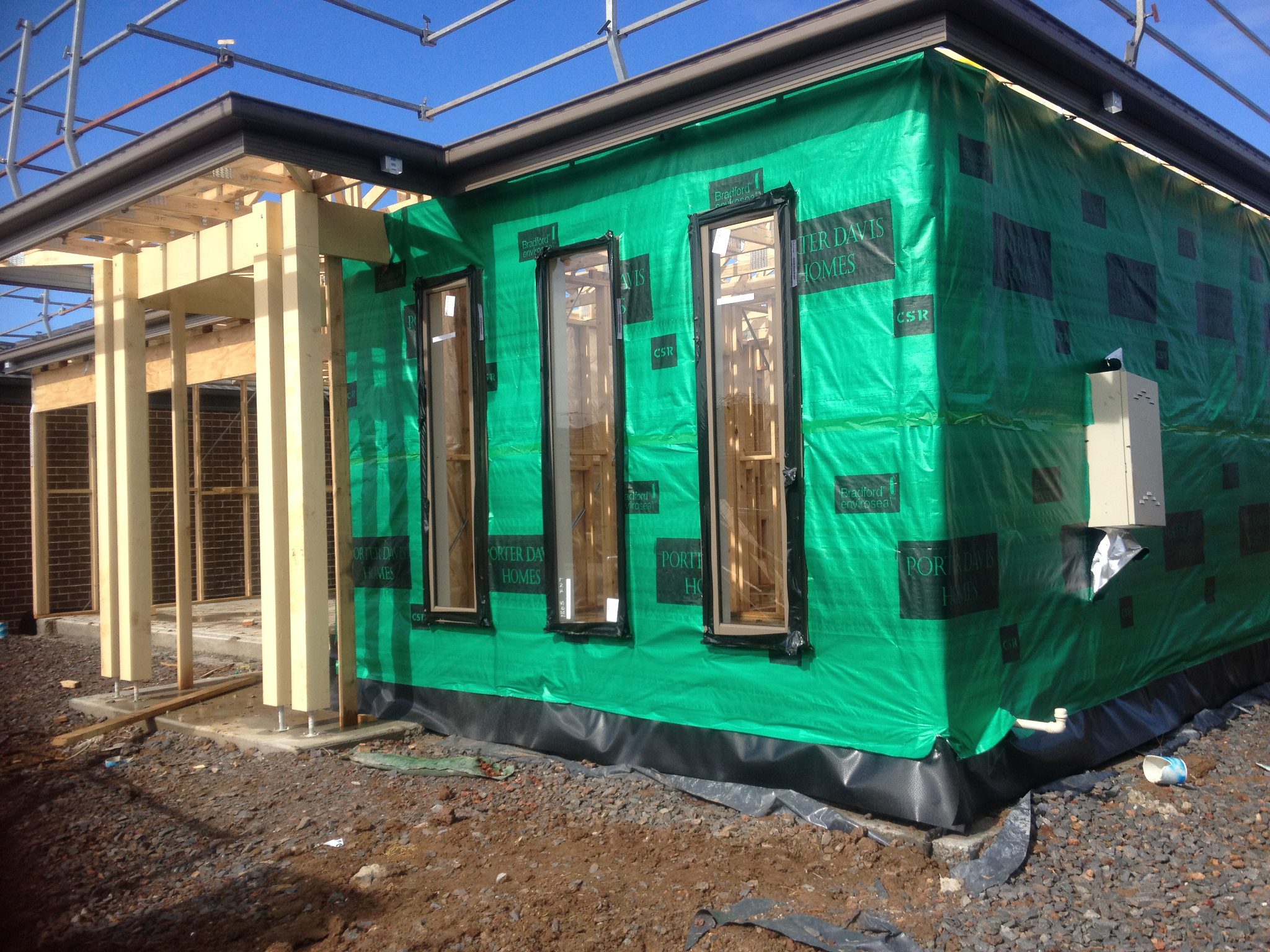Falling Like Dominoes: Is the Australian Building Industry Collapsing?
I remember watching a segment on ABC’s Four Corners last year called ‘House of Cards: Inside the broken business of building’ thinking it correlated with everything that I felt was happening in my industry; to our peers and in our own business. The feature highlighted what was wrong with the Australian building industry and the slim profit margins that had detrimental impacts on the supply chain when disruptions occur. Since watching that feature, two builders we worked for went into administration owing our small business tens of thousands of dollars.
We picked ourselves up, dusted ourselves off, and continued to operate as we always seem to do. However rather than with our usual jovial skip, we walk on with a limp; crippled by the impact on cashflow we have after taking some upper cuts from clients who will never pay their notably hefty invoices.
Nothing has changed since watching that program except for the intensity. More businesses are going into administration; if the current trajectory continues the total of collapsed Australian businesses for 2023-2024 will hit 10,000 by July 2024 (this eclipses the 2022-2023 total of 7,942). The industry sector that holds the majority hit? Construction. Depressingly, corporate solvency appointments have more than doubled in Australia since this time last year.
The financial climate is so difficult at present for small business owners, seemingly fuelled by the cost-of-living crisis impacting consumer confidence and spend, in turn affecting aged debtor payments (in construction, clients are paying later than usual, partially, or making no payment at all) which then affects supply chain payments for materials etc. Materials have gone up substantially, meaning long term fixed price building projects are often being completed at a loss due to the sliver of profit margin on them.
The unemployment rate is low, but wages are also low compared to the inflation rate and the cost-of-living index. Employees need pay rises to afford their increasing grocery bills and make mortgage repayments (the interest rates went up to help the economy, remember?). To stay profitable (and solvable) after giving these pay rises and affording the increase in material costs and budgeting for increased debtor days, businesses need to increase their costs which means passing this on to the consumer. Which means the consumer’s cost of living is increased again and that pay rise? Gobbled up.
Rinse. And. Repeat.
What is the solution to this problem? I don’t have it, sorry! I don’t think the Reserve Bank of Australia has the solution (not for the low-middle classes or small business owners anyway; savers and lenders will benefit; borrowers and debt payers will continue to feel that burn). Our Prime Minister certainly doesn’t have the answer as his ‘fix’ to the skills shortage and housing crisis is to bring in 2,000 new migrants every day (the majority are not tradies). I have absolutely no problem with migration (I had TONNE of fun being an antipodean migrant in London in my 20’s). But perpetually increased non-tradesperson migration during a housing shortage doesn’t seem to be working at present; not for skill shortages in construction nor the rental crisis. The Barefoot Investor, Scott Pape, suggests the current migration rate outpaced construction at 4:1, further crippling the rental market crisis.
ABC News posted an article today stating there is ‘no end to the property cyclone as construction costs keep rising and more builders head into insolvency. They predict a catastrophic failure.
Prime Minister Anthony Albanese and his Labor Government want 1.2 million homes built in Australia over the next five years. This number will be near impossible to achieve, with approximately 400,000 qualified tradies required to complete this. Baby boomers are retiring, there is a decline in the commencement of apprenticeships Australia-wide (there were 7,470 less apprenticeship commencements in Victoria in 2022) and concerningly, the AIGroup noted that apprenticeship cancellations for the 12 months to 30 June 2023 were 7.4% higher than what they were the previous year and more than 50% higher than for the previous 12 months period.
The purpose of this article isn’t to provide solutions as I don’t have any short term (apart from turning it all off and back on again and seeing if that works?). It’s not an Albanese hate blog. It’s simply a memo to my peers that you’re not alone, things aren’t that rosy at present in construction (nor hospitality, nor retail…), and I don’t envisage it changing until well into 2025. Hold tight, keep limping, keep innovating, patch the leaky buckets.


